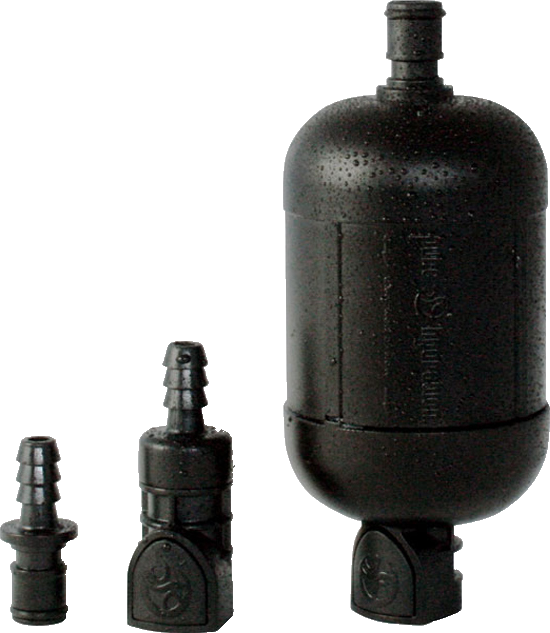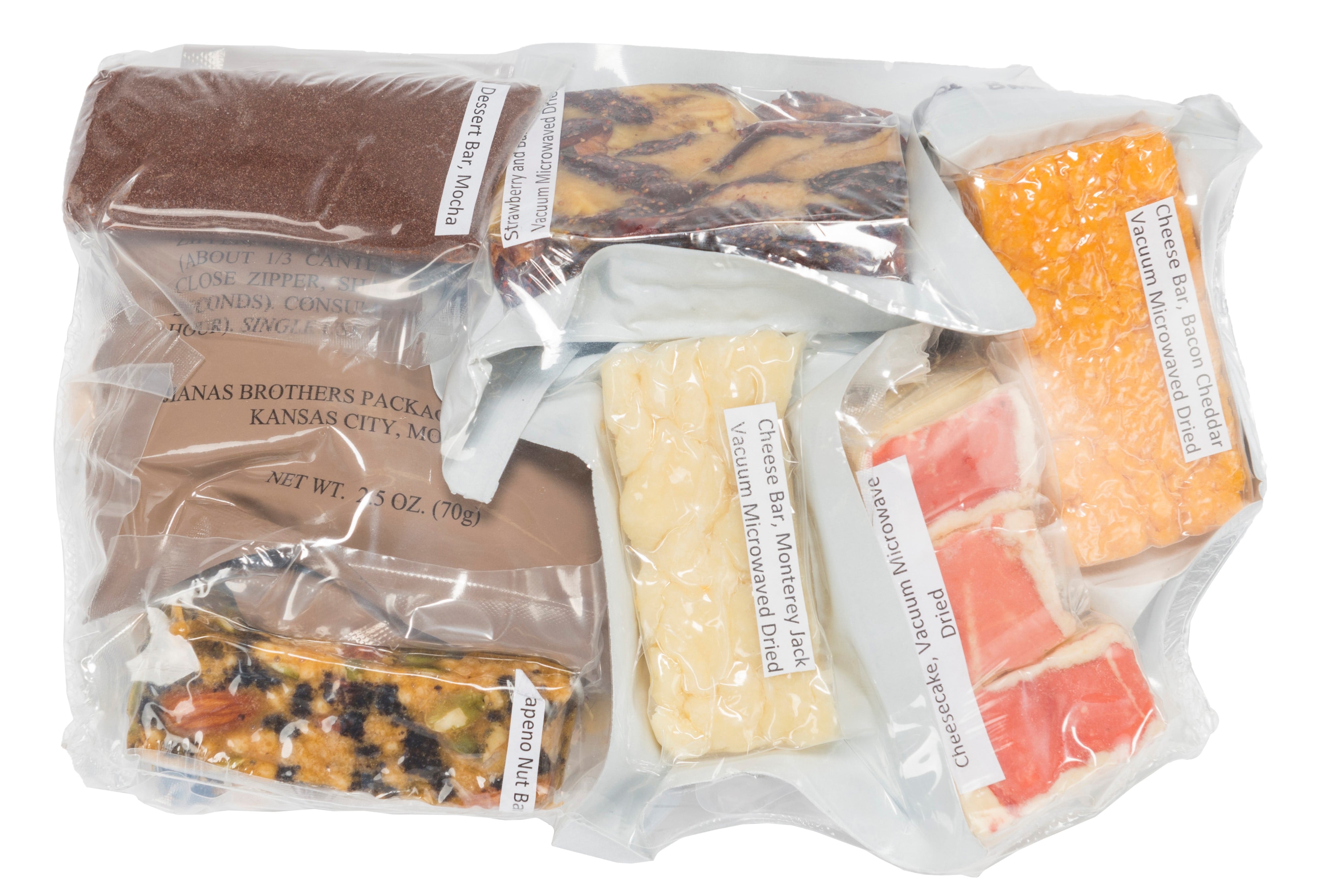ARLINGTON, Va. – Right now, a squad sent out on a seven-day mission would have next to no way to feed themselves without resupply unless they were able to load up more than 30 pounds of food per soldier into their rucks.
But that’s exactly what the Army and Marine Corps may ask of its dismounted squads on the near-term future battlefield, especially as multi-domain operations become a reality.
To help troops stay fed without breaking their backs, the scientists, developers and soldiers at the Combat Feeding Directorate with the Combat Capabilities Development Command Solder Center are closing in on a goal to cut down a seven-day load of MREs from 32 pounds to 10 pounds.
And they’re not doing that by dropping peanut butter or jalapeno cheese packs, either.
RELATED

Small units may have to be basically self-sustaining for a seven-day period, and the directorate looked at that possibility, Stephen Moody, director of the combat feeding program, told Military Times.
That prompted new efforts to continue to shrink down the ration.
Their plans call for the directorate to deliver specifications by fiscal year 2022, and depending on higher echelon decisions, the new rations could field in the same year, Moody said.
New technological processes are giving these researchers ways to do microscopic work to make food retain its nutrition and flavor while continuing to shrink in both weight and volume.

One such process is vacuum microwave drying. It uniformly removes water with both vacuum and microwave techniques, similar to freeze drying without the cold, and then physically compressing the food that remains somewhat moist.
That’s one way they’ve created a lemon cheesecake bar that looks, smells and tastes like actual cheesecake, just a bit crunchier.
Another process is called sonic agglomeration technology. It uses vibration to instantly compress food without fillers or binders, reducing the same meal by 50 to 70 percent of its original size with the same ingredients and nutrition.
Some of the work bore fruit a decade ago, when the directorate put out the First Strike Ration, which put all of the calories and nutrients of three MREs into one MRE-sized package.
Or, as Chief Warrant Officer 3 Alma Mendoza said, it means the same calories per day with much less capacity.
Logistically, the soldiers will carry all of their food.
“That would fill an entire ruck for seven days,” she said.
That puts the seven-day supply down from 32 pounds to 18 pounds. But that’s still enough rations to fill an entire ruck with nothing but food.
And most First Strike Rations were optimized for a three-day mission set, Moody said.
As they’ve applied the science and technology, they’re also pulling in the human factor. Researchers have visited Fort Carson, Colorado; Fort Bragg, North Carolina and the Marine Corps’ Camp Lejeune, North Carolina.
That’s to see what the troops want.
Turns out, they want protein.
To feed that need, the Army’s Research Institute of Environmental Medicine looks to find both the best nutrition practices for performance, recovery and sustainment, and what the troops will actually eat.
And the food has to match the shelf life that will fit the Department of Defense logistical supply chain.
Oh, and any new ration configuration must fit certain weight and volume parameters so that it can also be delivered in resupply, be that a UH-60 Black Hawk dumping cases off the side or an autonomous drone lifting off with a day’s worth of squad rations.
Some of that nutritional science research has produced performance bars with added calcium and protein, especially aimed at helping new recruits unaccustomed to the rigors of basic training that can cause stress fractures.
Moody said that their research has shown a two- to three-week period before the bars show a measurable improvement in those nutrients.
The performance research also comes with guidelines that go beyond simple eating when hungry and repeating.
What soldiers should eat and drink
USARIEM advocates for soldiers to eat ration items at regular intervals, every four to six hours they’re awake. They should eat 0.7 grams of protein a day for every pound of body weight and take in up to 200 mg of caffeine, redosing every three to four hours, but not to exceed 800 mg.
Troops should eat one to four hours before a field operation begins and dose caffeine 30 to 60 minutes before an activity.
During the field op they should snack each hour if possible and drink one half to one quart of fluid each hour.
After the operation, troops should have a combination of 80 to 120g of carbohydrates and 15 to 25g of protein after heavy activity and hydrate to relieve thirst.
At the same, the directorate is also looking closely at food safety.
And not just keeping long shelf life and decontaminated food supply, though that’s important.
They didn’t disclose details but they are exploring bacteriophages that could be used to wash local produce to prevent e. Coli, salmonella or other pathogens from getting to troops. That would open up more food options for expeditionary units.
They’re also looking at paper-based biosensors, a “dipstick tech” way of detecting contamination.
For the first time in a long time, those involved in food are thinking about how soldiers will eat in a contaminated environment.
For a long time, Moody said, the thinking was that troops would simply discard food in a chemical or biologically contaminated environment and eat when they got out of the area and got clean.
But now, doctrine is calling for troops enabled to fight through living in such contaminated areas for days at a time.
Which means they’ll have to eat.
Todd South has written about crime, courts, government and the military for multiple publications since 2004 and was named a 2014 Pulitzer finalist for a co-written project on witness intimidation. Todd is a Marine veteran of the Iraq War.




